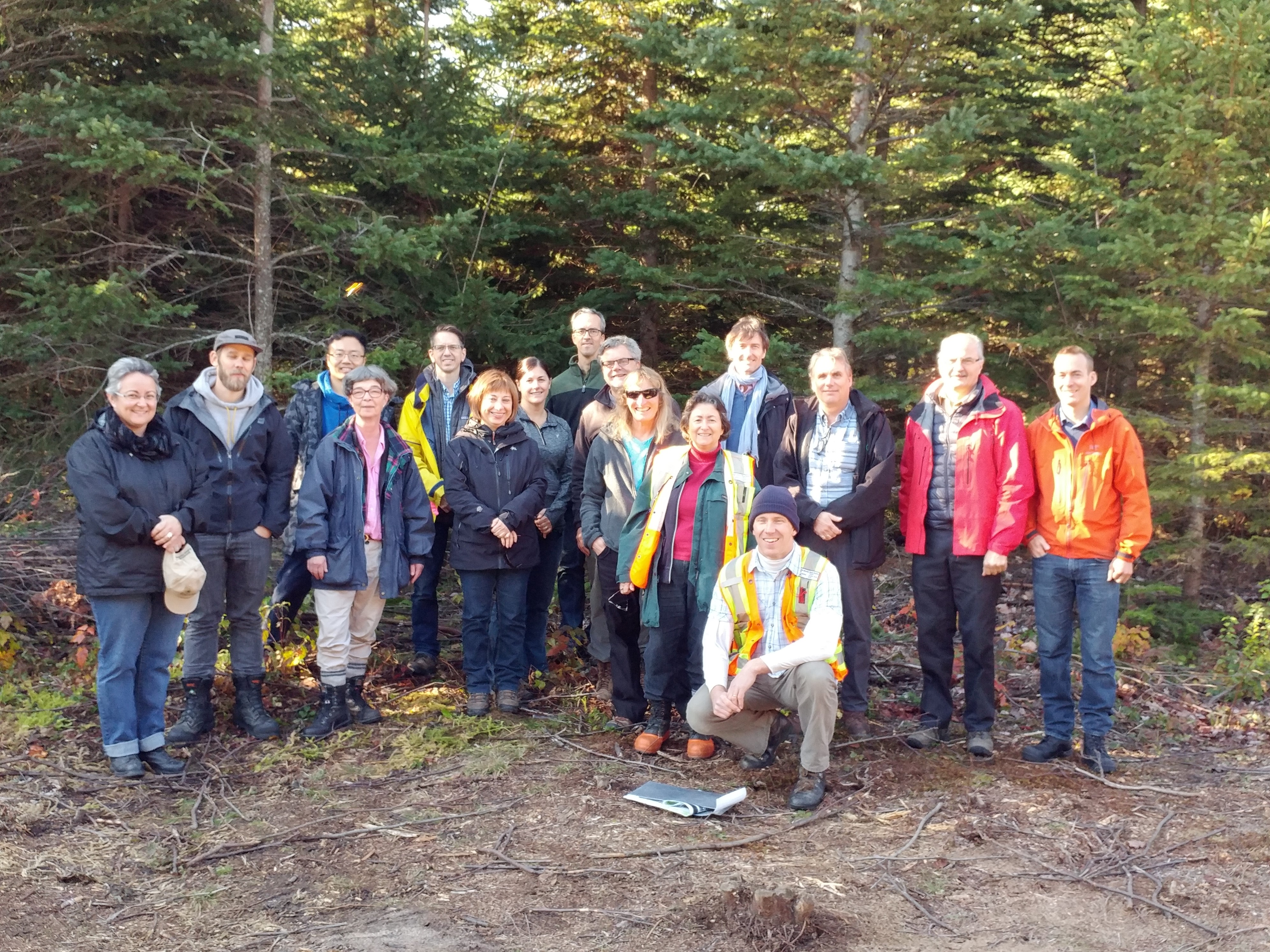In a recent publication, Laoué and collaborators combined QTL and transcriptomic approaches to identify a set of genes involved in the synthesis of phenolic defence compounds in white spruce. A major QTL responsible for the constitutive production of neolignane-2 was discovered, as well as 50 genes involved in the phenylpropanoid pathway, which were differentially expressed among trees showing high and low concentrations in flavonoids, stilbenoids and neolignans. This work sheds new light regarding the genes involved in response to biotic and abiotic stress in white spruce. Link to the publication.
An article by Galeano and collaborators based on SNP genotyping showed that on average, 30% of seedlots were contaminated by exogenous pollen in a white spruce open-pollinated seed orchard of Alberta. The source of pollen contamination was located one kilometer away from the seed orchard upstream of dominant winds. In addition, this study showed that the achievement of 5% genetic gain in height through eliminating two-thirds of the orchard generated an eight-fold loss in effective population size, while observed heterozygosity and inbreeding remained largely unaffected by tree selection. Link to the publication.

